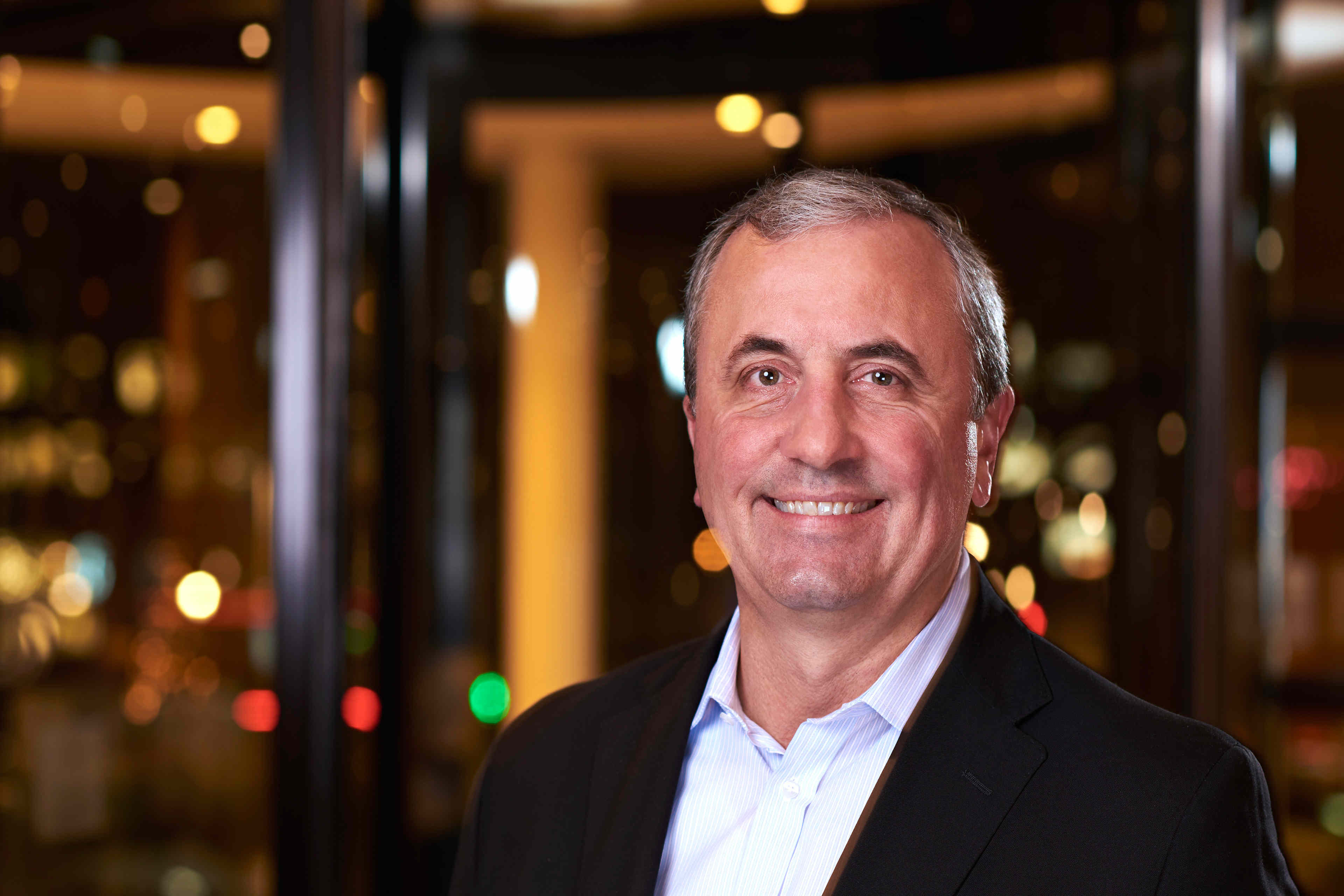EY refers to the global organization, and may refer to one or more, of the member firms of Ernst & Young Global Limited, each of which is a separate legal entity. Ernst & Young Global Limited, a UK company limited by guarantee, does not provide services to clients.
How EY can Help
This said, there is no one-size-fits-all approach to dealmaking within the region. For example, Australian (43%), Singaporean (43%) and Japanese (40%) CEOs are still keen on M&A as a mode of transaction over the next 12 months. In comparison, only 6% of Chinese CEOs and 28% of South Korean CEOs indicate they will pursue M&A within the same period.
Geopolitical factors are also more prominent when pursuing a merger or acquisition target, with 68% of Asia-Pacific CEOs preferring a market where their home country has a strong geopolitical and economic relationship. The relative certainty around free trade and capital flow among allies gives CEOs the confidence that there will be minimal disruption to their key operations and supply chains.
Cautiously optimistic CEOs can capture opportunities in 2023
The start of 2023 offers a glimmer of hope, with signs that several key macroeconomic and geopolitical challenges may be abating. While new challenges will certainly arise, CEOs need to demonstrate strategic and decisive leadership to steer their organizations through these challenges and emerge from the storm more resilient and better positioned than their competitors. This calls for greater client centricity and market attunement, future-proofing organizations via transformation, and bolder investments in the capabilities of tomorrow.
5 key considerations for Asia-Pacific CEOs in 2023
- Prepare for multiple scenarios. CEOs should prepare multiple business scenarios to address a quickly changing macroeconomic and geopolitical landscape in Asia-Pacific. They should be ready to switch between likely scenarios as things evolve and making quick decisions on buying, building, partnering – or letting go.
- Make informed decisions based on data. From cybersecurity to supply chain risk management, Asia-Pacific CEOs should make use of data analytics to manage risks in real time and inform critical decisions that need to be made with short notice.
- Look up to see farther. CEOs in Asia-Pacific need to look beyond managing through near-term complexities and challenges and remain focused on longer-term opportunities for growth.
- Stay close to the customer. Whether it’s investing in new technology to foster loyalty or continuing to align with ever-increasing ESG expectations, Asia-Pacific CEOs should remain laser-focused on their consumers through turbulent times.
- Be bolder by design. Previous recessions have shown that CEOs who invested in future capabilities during the downturn benefited the most during the upturn. Being bold to accelerate business strategy could pay dividends at a later date.





